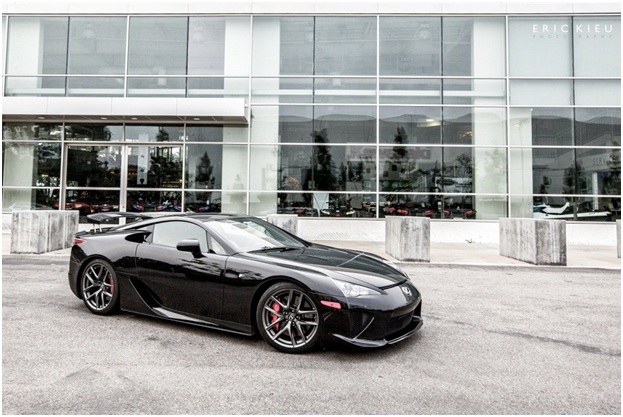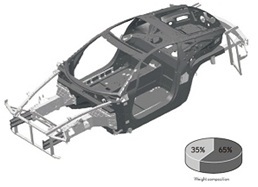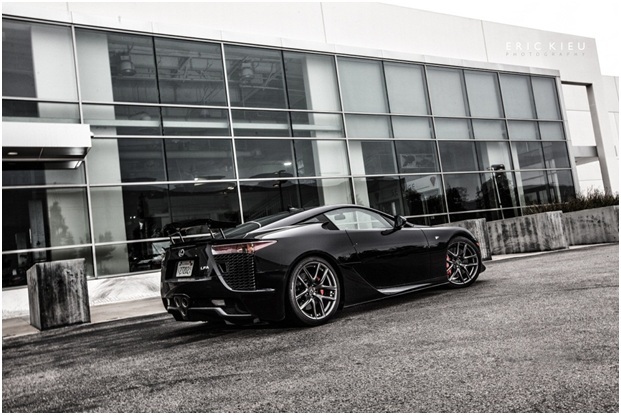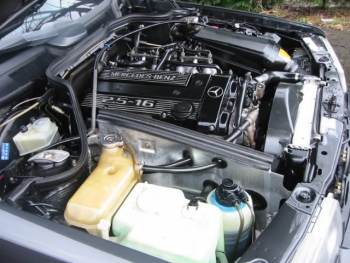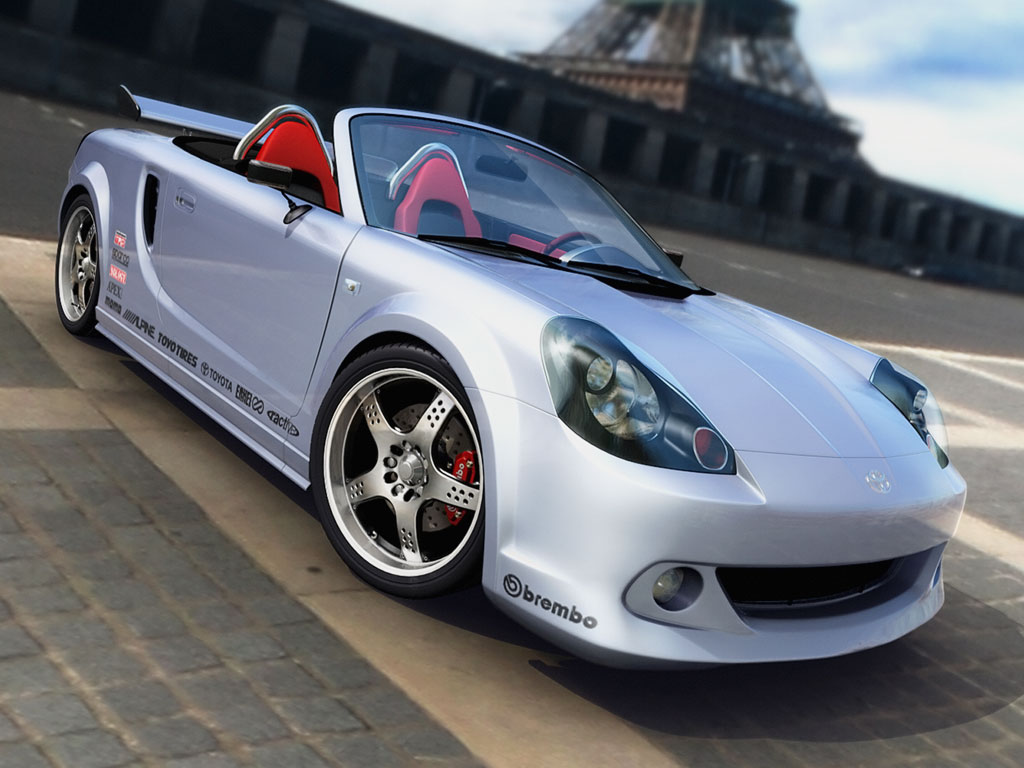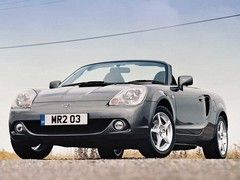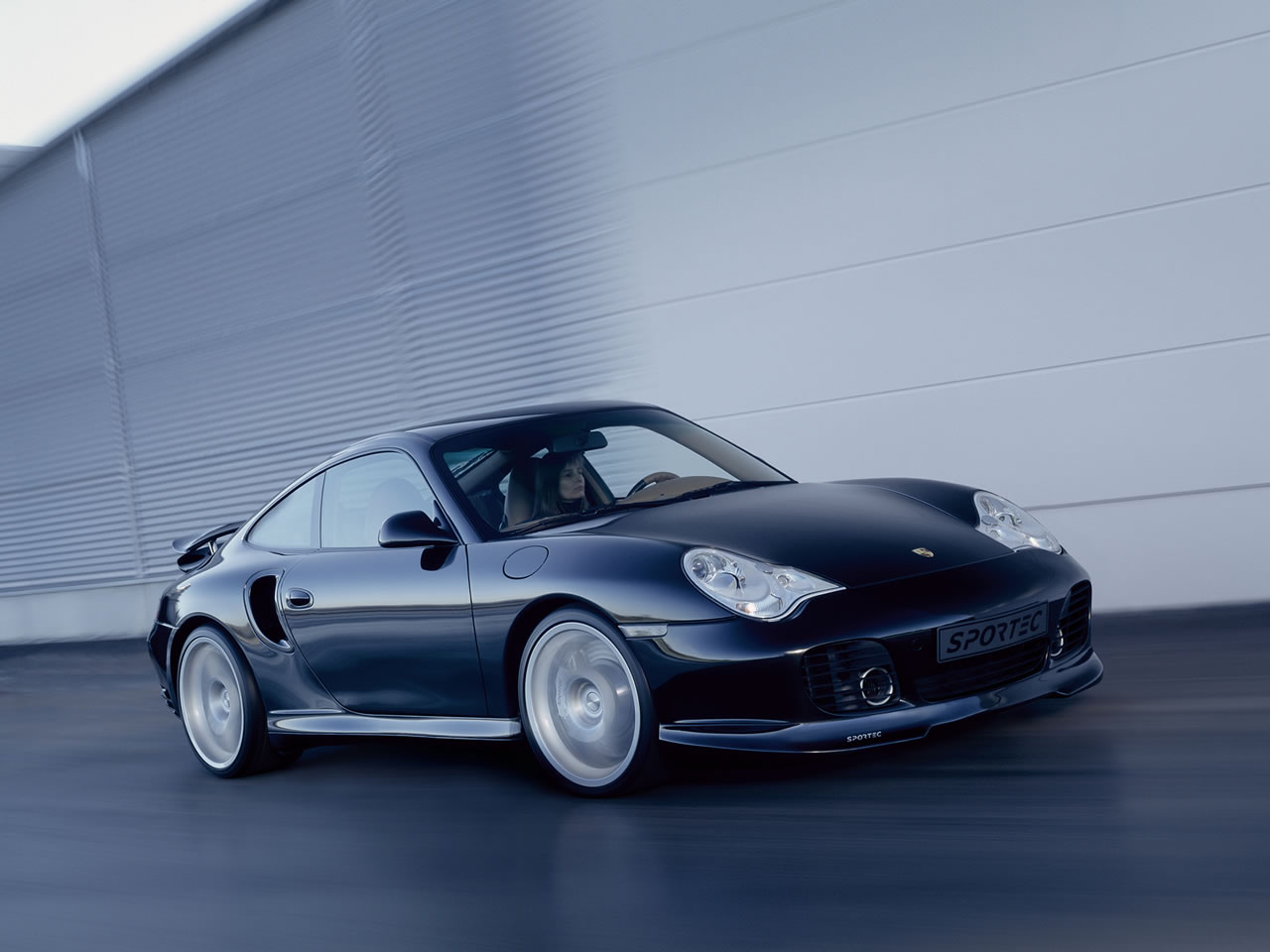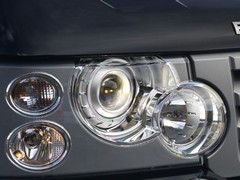
In
October 1990, Daimler-Benz and AMG signed a contract in which the partners
agreed to engage in intensive cooperation in the development, production, sales
and servicing of passenger cars and passenger-car parts. The first jointly
developed AMG high-performance car – the Mercedes-Benz C 36 AMG – was presented
in 1993. As a matter of course, it was built in accordance with the
manufacturing principle adopted by AMG – “One Man, One Engine” – which is fully
in keeping with the tradition of Gottlieb Daimler. AMG strives to live up to
the high-performance claim which Daimler already made on his riding car of
1885. The latter’s engine developed half a horsepower from a displacement of
624 cubic centimeters and gave the riding car a top speed of 16 km/h – top
performance at the time and proof of the possibility of making the concentrated
power of a machine available to a human being. AMG is pursuing this philosophy
with every vehicle, thereby striving for Gottlieb Daimler’s vision of
individual mobility.
Enthusiastic customers all over the world and a unique,
well-known brand – since 1967 Mercedes-AMG GmbH has been developing from a
motorsport and tuning company into a supplier of exclusive high-performance
cars. Thanks to the integration in the DaimlerChrysler Group, begun in 1999 and
completed in 2005, Mercedes-AMG is able to make even better use of the Group’s
resources and its worldwide strength.
International breakthrough in the 24-hour race in
Spa-Francorchamps
The name AMG stands for the initials of the two founders, Hans
Werner Aufrecht and Erhard Melcher; the third letter in the company name
derives from Großaspach, the town where Aufrecht was born. The official
designation of the newly founded company of three was “Engineering Office,
Design and Testing for the Development of Race Engines”. The company’s
headquarters was an old mill in Burgstall near Affalterbach in south-west
Germany. The success story of the Swabian company began with specially prepared
Mercedes-Benz cars which were entered in racing. The year 1971 saw the
company’s international breakthrough when, to everyone’s complete surprise, a
Mercedes-Benz 300 SEL 6.8 AMG finished first in its class and second in the
overall ranking in the 24-hour race in Spa-Francorchamps (Belgium), in which
drivers Hans Heyer and Clemens Schickendanz had been taking turns at the wheel
of the racing sedan – and AMG became famous overnight.
Customers’ wishes for dynamic handling and individuality provide
for upswing
This success boosted the company’s renown enormously and helped
AMG in making Mercedes-Benz cars faster and more attractive. The desire for
more dynamic handling and individuality, growing in the 1970s, was responsible
for a veritable upswing. Before very long, the company’s headquarters in
Burgstall became too small and in 1978, AMG, employing 40 people at the time,
moved to Affalterbach.
The first Mercedes-Benz tuner, AMG developed into a pioneer for
the entire industry in the course of the years. Right from the start, the
transfer of technology from motorsport to series production has been part of
AMG’s corporate philosophy and has remained a trademark of AMG to this day. The
company’s renown was further enhanced by top-class accomplishments in
technology and first-grade quality resulting from AMG’s motorsport commitment.
Prominent Mercedes fans discover AMG
And AMG continued to grow. In 1985 plant no. 2 was opened and
the 100th member of staff employed. Affalterbach attracted interested parties
from all over the world: prominent AMG fans recruited from the spheres of
motorsport, movie-making and music, sports, industry and international royalty.
The special and – at times – very special wishes of this demanding clientele
time and again gave rise to out-of-the-ordinary one-off cars which AMG designed
and built with great innovative drive, outstanding passion and all-encompassing
expertise.
Cooperation contract of 1990 opens up new possibilities for AMG
The cooperation agreed between Daimler-Benz and AMG in 1990
opened up completely new possibilities for the medium-sized company. From then
on, AMG cars were sold and serviced by the world-wide sales network of
Mercedes-Benz – improving acceptance on the part of the customers decisively.
Continued expansion led to the opening of plant no. 3, and the workforce grew
to 400. In 1993, the German Patent and Trademark Office registered the acronym
AMG as a trademark, thereby acknowledging the brand’s high level of
recognition. The C 36 AMG launched in the same year was the first jointly
developed AMG high-performance car of which over 5,000 units were produced
until 1997. Similar successes were recorded with the E 50 AMG and E 55 AMG in
the following years.
Another milestone was the integration of AMG in the
DaimlerChrysler Group on January 1, 1999, when Hans Werner Aufrecht transferred
51 percent of his stake to the newly founded Mercedes-AMG GmbH. The motorsport
department was hived off and renamed H.W.A. GmbH. In the immediate vicinity of
Mercedes-AMG, some 210 employees are now taking care of AMG’s long-term
activities in the DTM (German Touring Car Masters) together with Mercedes-Benz
Motorsport.
Modernization and expansion in Affalterbach starting in 2000
Parallel to this, the location in Affalterbach was expanded and
modernized. New representative buildings and the latest test rigs demonstrate
the exceptional position of this traditional company to visitors at first
glance. In the new AMG engine manufacturing department, the most progressive
production processes are applied to build the powerful AMG high-performance
engines in keeping with the AMG philosophy “One Man, One Engine”. By 2005, the
company premises had grown from 41,300 to 57,750 square meters; at the same
time, the roofed area in all buildings more than doubled from some 20,000 to
42,850 square meters.
In January 2005 DaimlerChrysler took over the remaining shares
and has since been the sole stockholder of Mercedes-AMG GmbH. With this move,
DaimlerChrysler secured the competence, the experience and the manpower of a
partner who has over the years become the epitome of success in international
motorsport, in manufacturing exclusive high-performance cars and in creating
dynamic designs. This exemplary success story is borne out by the sales
figures. Sales of Mercedes-AMG GmbH rose from 11,500 units in 2000 to over
20,000 units in 2004. The workforce also reached a new record level: some 680
people are currently employed at the location in Affalterbach (as per October
2005).
Since September 1, 2005, the company management has been made up
of Volker Mornhinweg (chairman), Wolf Zimmermann (Development and Production)
and Domingos Piedade (Sales, Marketing and Global Relations).
Mercedes-AMG: Responsibility for all processes
Being the Performance Division of the DaimlerChrysler
Group,Mercedes-AMG assumes responsibility for all processes in the development
of chassis, engine, drive system, suspension, brakes, electronics,
aerodynamics, interior, design and quality through to the approval of the
complete AMG car. In addition, Mercedes-AMG takes care of all aspects which are
relevant for marketing and sales – completely independently. A traditional
strength of AMG is the realization of particularly individual customer wishes:
in the AMG Manufacture, specialists come up with tailor-made and
out-of-the-ordinary solutions and create unique, one-off cars to meet customer
wishes – “one man, one engine” – incorporating the highest quality standards as
a matter of course.
The AMG Manufacture is also the place where the SLK 55 AMG used
as the official FIA Formula One Safety Car and the C 55 AMG station wagon
serving as Medical Car were set up. AMG’s long-term commitment to Formula One
began in 1984 with a specially developed Mercedes-Benz E-Class coupe for use as
Medical Car. After sporadic activities in the following years, Mercedes-AMG has
been providing the FIA Safety Car regularly in what is the ninth successive
season now. It began with the C 36 AMG in 1996 and continued with the first CLK
55 AMG in 1997, the CL 55 AMG in 2000 and the SL 55 AMG one year later. The new
CLK 55 AMG made its debut in 2003, and since 2004, the new SLK 55 AMG has been
ensuring safety on Formula One race-tracks.
